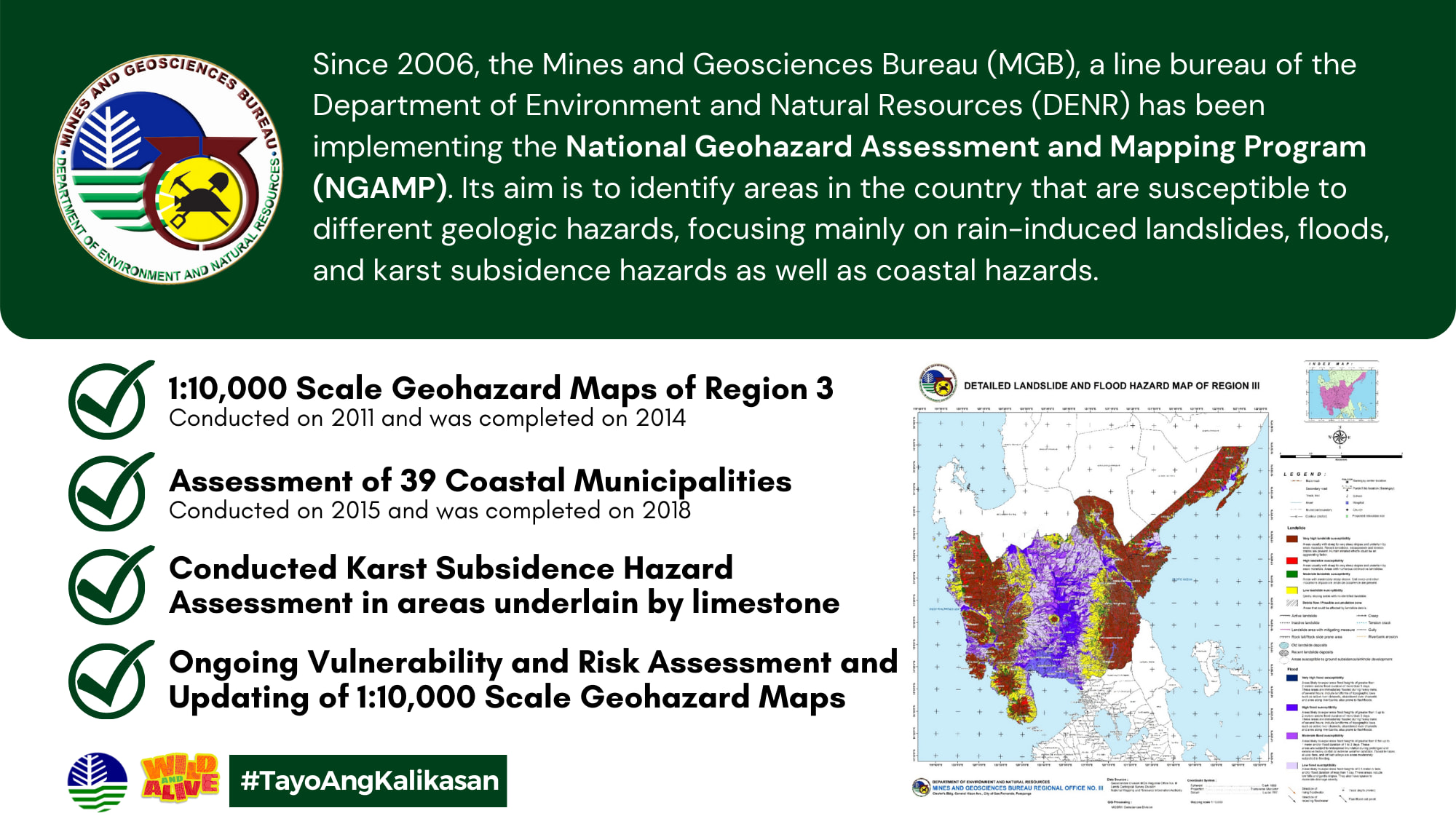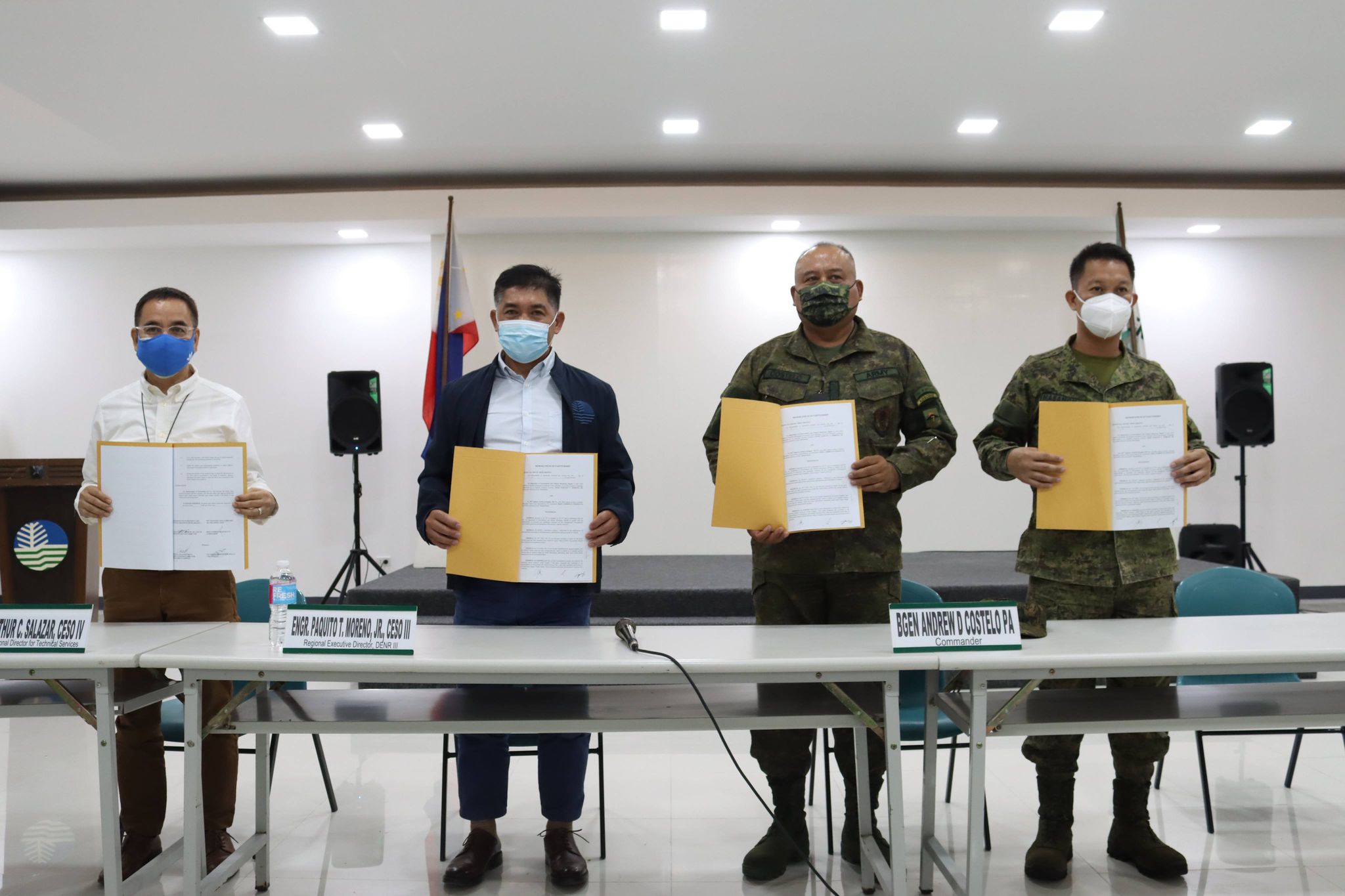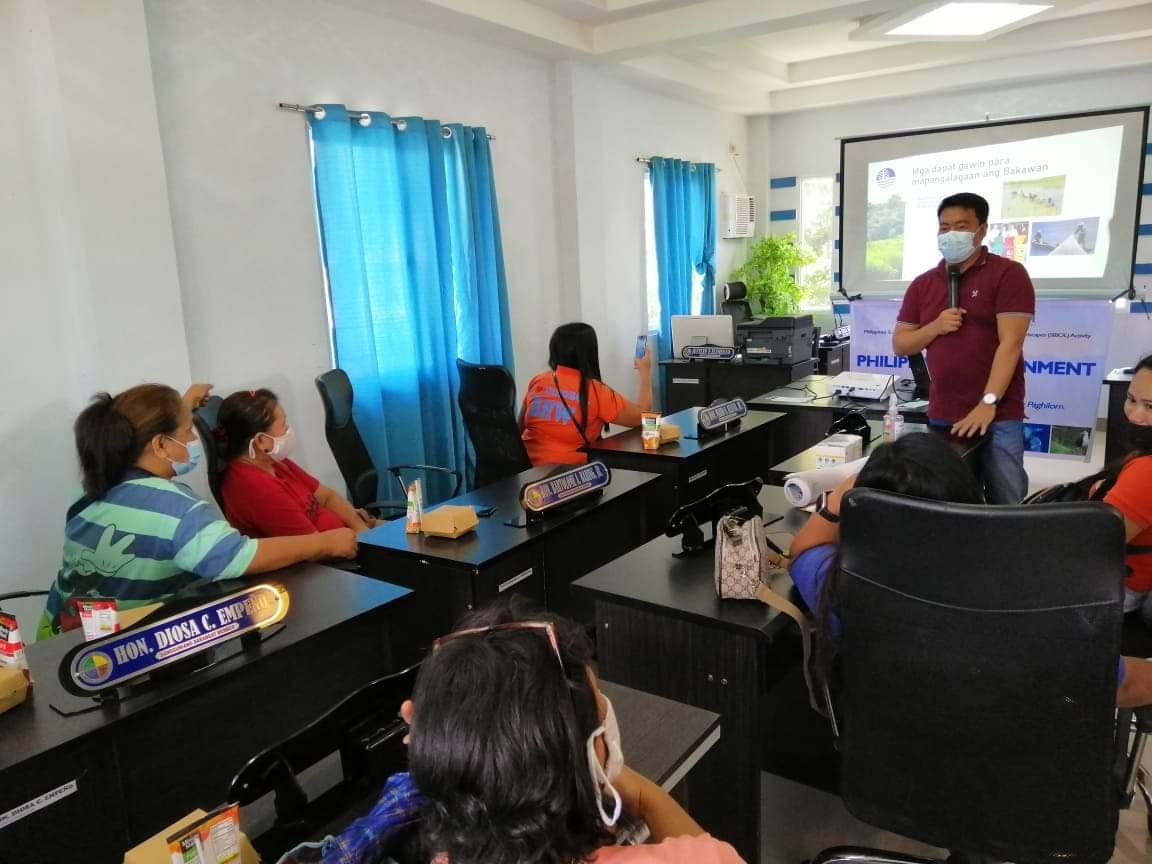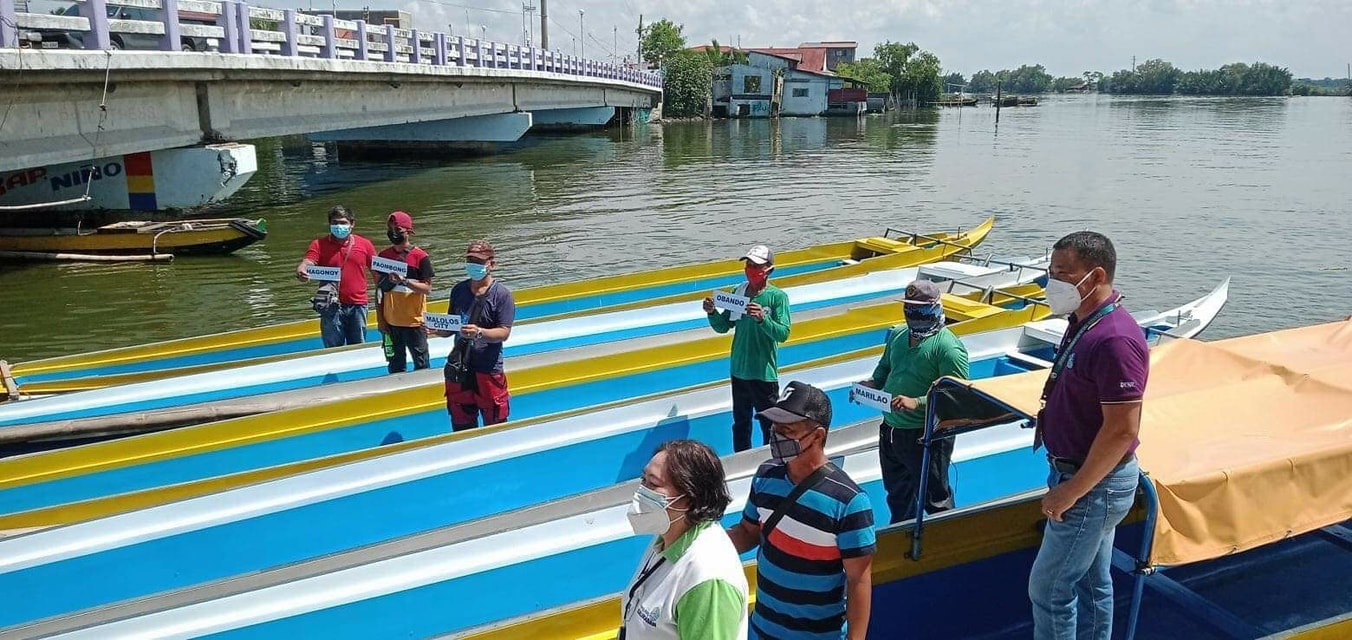DENR conducts environmental education to local leaders in Nueva Ecija
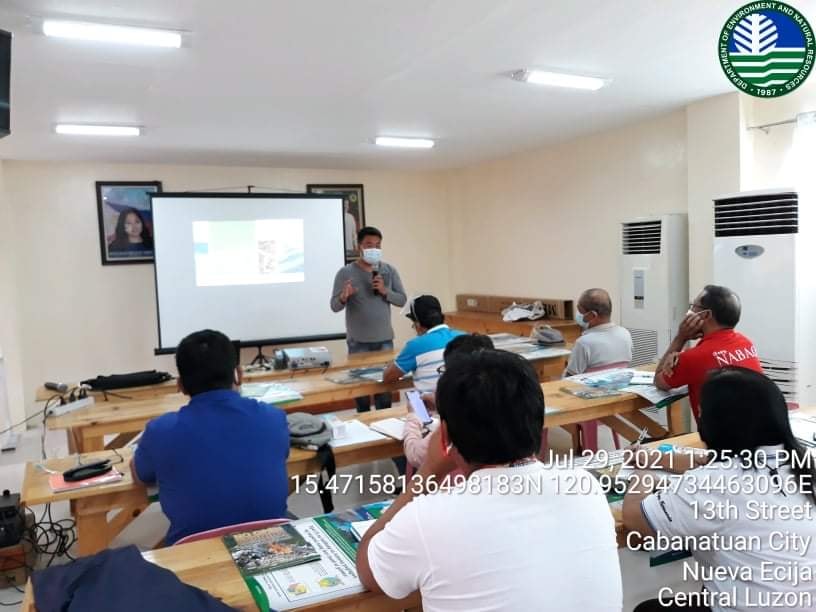
Local government leaders from 89 villages in Cabanatuan City, Nueva Ecija actively participated in a series of environmental education lectures conducted by the Department of Environment and Natural Resouces (DENR) here in partnership with the Liga ng mga Barangay to engage local communities in solid waste management and river protection.
Donaver Guevarra, regional information officer of the DENR, explained that the massive information campaign was critical in the ongoing cleanup and rehabilitation of Manila Bay since Nueva Ecija is the upstream portion of the 260-km Pampanga River that drains into the bay.
"Waste disposal, especially single-use plastic management, remains a challenging part of the cleanup of Manila Bay areas in the region. Educating people on proper waste segregation, the importance of our river system, and its connectivity to Manila Bay are important, so that household wastes may be prevented from reaching waterways and river systems," Guevarra said.
For his part, Christopher Lee, president of the Association of Barangay Chairman in Cabanatuan City, vowed to support the program of the DENR and will intensify their solid waste management efforts including river cleanup.
Amid the pandemic and strict quarantine measures, Guevarra stressed that the DENR will continue to conduct information, education, and communication (IEC) activities among local leaders about their roles in promoting and implementing ecological solid waste management and river protection, especially during this Habagat season where garbage is often washed away in the river system and other waterways.
This year, the DENR Region 3 has already conducted 37 environmental education lectures using a blended approach of online platforms and face-to-face interaction participated in by more than 1,200 local government leaders and members of peoples' organizations in Central Luzon. (-30-)
- Details
- Parent Category: News & Events
- Category: Press Releases

